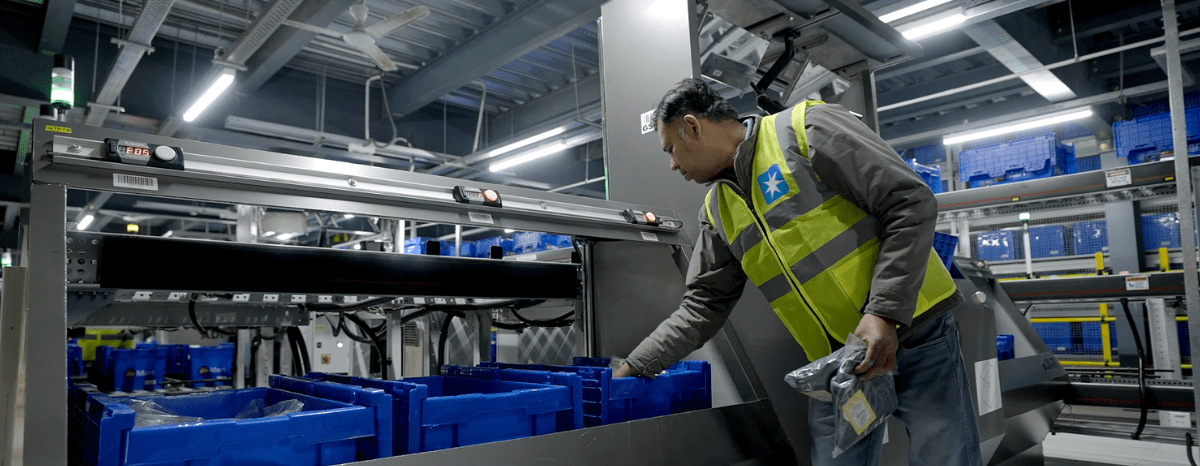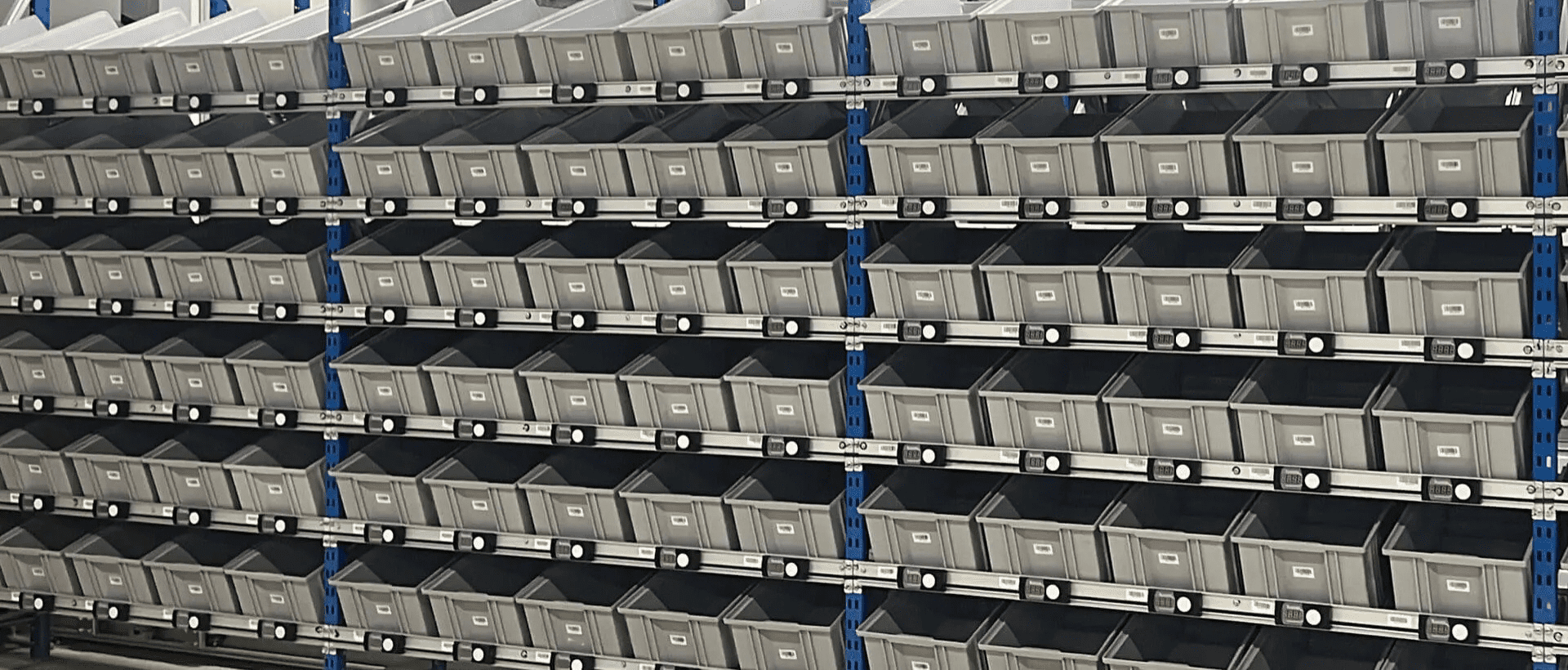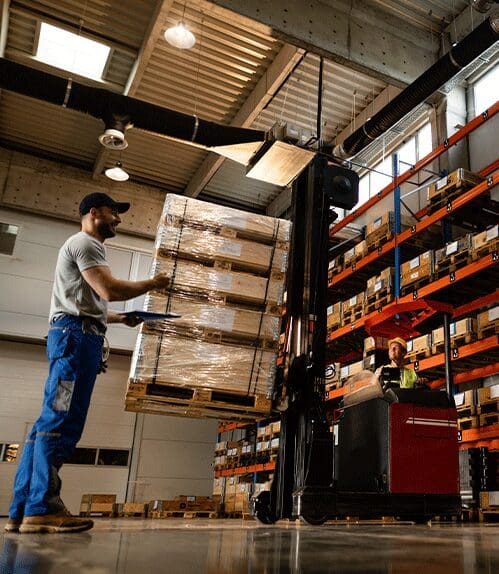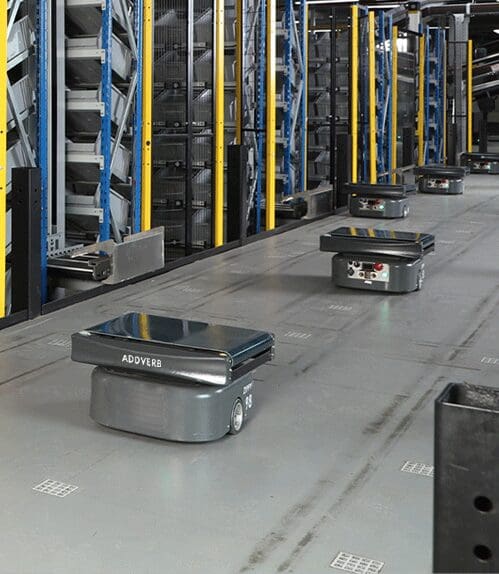Table of Contents
As of 2024, the warehousing industry is expected to generate around 32% of the demand for pick to light systems, which can enhance picking productivity by up to 30–50% over manual methods, Warehouse Automation Market Research by LogicsIQ
In a stake, zero-margin operation there is no time for slow processes, it’s not an option. As the demand for rapid delivery is rising at an all-time high, businesses are moving beyond traditional approach to a technology shift that can transform their operations.
Pick-to-Light is one of such technologies that are driving this shift from tackling throughputs of thousands of orders per hour to navigating complex SKUs in automoted warehouses. pick-to-light is remaking efficiency and accuracy in modern warehouses.
While PTL’s core functionality sets it apart, it has also a lot to do with how pick-to-light natively integrates with more advanced automation technologies such as Autonomous Mobile Robots (AMRs), Automated Storage and Retrieval Systems (ASRS), and intelligent Warehouse Management Systems (WMS). The convergence of pick-to-light and these technologies is forging a smarter, more responsive, and vastly efficient warehouse community of tomorrow.
What is the Pick to Light System?

Order fulfilment technology where Warehouse operators are guided to specific product locations using light indicators; also known as Pick to light. These systems are used in environments where accuracy and speed matter and that is where e-commerce, retail, and automotive parts warehouses find their use.
The technology itself is simple but awesome. On the generation of an order, the system lights up the appropriate storage locations. The operator will then follow those visual cues to pick the lit-up item. After verifying the item, the operator presses a button to confirm the action, and the system moves on to another item. The result is a much faster picking process than traditional methods such as paper lists or handheld scanners.
The Key Advantages of PTL
PTL systems bring numerous benefits to warehouse operations, including:
- Increased Picking Speed
Pick-to-light can help to increase the speed of order fulfillment by eliminating the need for manual searches. Workers can rely on visual indicators and are directed to the correct item without the guesswork. Using PTL can lead to a reduction in picking errors by up to 67% due to the elimination of manual processes and human judgment errors. source: Modern Materials Handling
- Error Reduction
Warehouse operations are one of the biggest challenges in Human error. Clear and unmistakable cues are provided by pick to light systems, reducing picking errors drastically. In particular, this is particularly important with businesses that have thousands of SKUs and high-volume orders.
- Real-Time Inventory Control
Real-time inventory management through systems integrated with PTL can reduce inventory carrying costs by 15-30%, according to Warehouse technology research by Gartner.
Using PTL systems, Inventory levels can be integrated into Warehouse Management Systems (WMS) which provide real-time data. This reduces the probability of choosing the wrong items or stockouts as well as keeping the inventory at any time.
- Worker Productivity
PTL eliminates the requirement of extensive worker training since all prompts are intuitive and easy to understand. It provides the ability of new hires to quickly go from being fully onboarded to contributing highly to the company without the associated time, and cost of onboarding.
PTL systems reduce training time by up to 60% for new employees due to their intuitive, easy-to-follow visual instructions according to supply Chain Dive.
- Scalability and Flexibility
PTL systems can be scaled and customized to what your individual warehouse demands. These can be laid out in either section or across the entire warehouse and are applicable to different types of picking strategies like batch picking, zone picking, and discrete picking.

Enhancing PTL with Advanced Automation
Addverb goes a step further by making pick-to-light technology an integrated component of advanced automation systems. This approach uses Autonomous Mobile Robots (AMRs), Automated Storage and Retrieval Systems (ASRS), and a powerful Warehouse Execution System (WES) coupled with pick to light .
- Autonomous Mobile Robot (AMR) Seamless Integration
In high-volume picking environments where throughput rates can be increased by 30% to 50%, integrating pick-to-light with Autonomous Mobile Robots (AMRs) can be designed so that the throughput rates can be improved, Robotics Business Review.
The pick to light system can be quickly combined into Addverb’s line of AMRs, adding even more automation to the process of picking goods, from their location to their destination. This reduces human intervention and increases throughput. AMRs can then pick items and move them to packing stations, reducing the aisle congestion and freeing employees for pick-only work.
- ASRS and Pick-to-Light Integration
In a warehouse where both pick-to-light and ASRS are being used, the system can auto-pull items from a storage location and display them to the operator, who is guided to the right item based on the pick-to-light visual cues. This removes the walking between storage locations and is a high-speed picking method. High-density storage is at the heart of what the ASRS from Addverb is intended for and this is the place where the available space and/or the need for rapid access to goods are limited.
- WMS integration
Addverb’s Warehouse Execution Systems (WES) enables real-time visibility into the entire picking procedure. It keeps track of the location of items, order status and worker productivity so managers can take data-driven decisions to improve execution. With this, the PTL system will work at its peak efficiency and any problem will be quickly noticed.
Why Choose PTL Solutions?
Due to the proliferation of order-picking and sorting-oriented businesses, demand for pick to light systems is expected to grow by 1.9 according to the forecast period, Future Market Insight 2024.
Automation is the future of warehouse operations where Addverb leads the way. Addverb integrates pick-to-light with powerful robotics, advanced robotics, and intelligent WMS and provides a full solution that improves every aspect of the picking process. That is because businesses adopting these technologies over time will provide the edge in gaining a competitive advantage as demand for faster and more accurate order fulfilment keeps growing.
Instead, Addverb’s Pick-to-light is not only a pick tool, but it truly is also a gateway into a highly automated, efficient, and highly scalable warehouse suited to modern commerce.
Addverb’s Pick to Light system is the perfect fit in an age where speed matters, accuracy is essential, and it must be cost-efficient. By coupling this system with AMRs, ASRS, and WES, warehouses can achieve new lifetimes of productivity, reduce errors, and execute real-time inventory control. Whether you are running a large distribution center or a small fulfilment operation, Addverb’s innovative pick to light solutions will put you ahead of the curve.
Founded in 2016, Addverb offers complete robotics solutions for warehouse and industrial automation, with a strong global presence through its subsidiaries worldwide. The company provides a range of in-house automation products, including Autonomous Mobile Robots, ASRS, and sorting technologies. It serves over 350+ clients, including well-known companies such as Coca-Cola, Amazon, and DHL.






